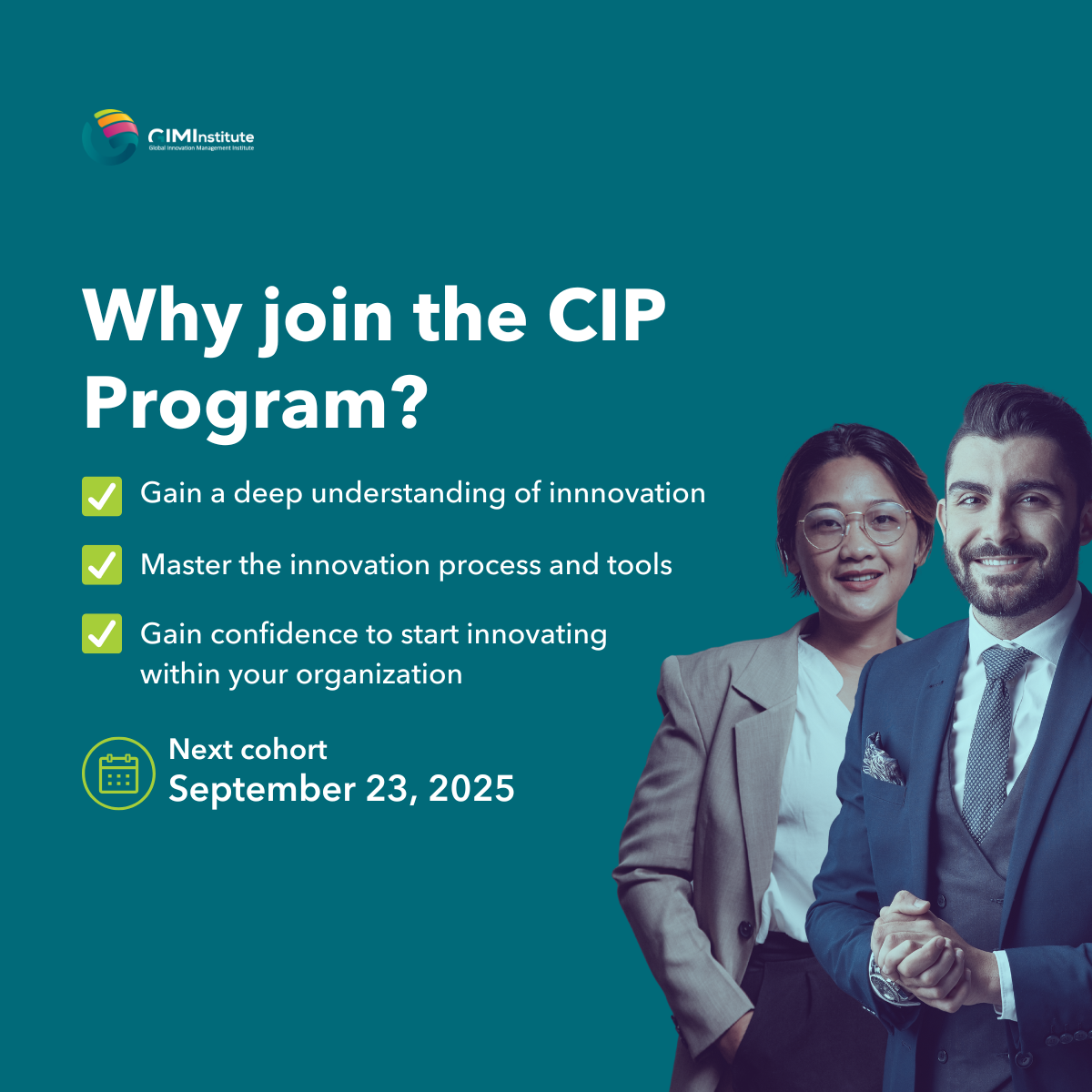Spot-Frame-Learn: From Emerging Technologies to New Business Models
By: Dr. Irene Spitsberg, the Managing Director at InnoVentures LLC
Last week, I was co-presenting with Owens Corning’s innovation team at the IRI 2017 Annual Meeting in Boston. We shared a success story about building organization’s competency of integrating technology and business model innovation to drive business investment in new growth platforms and fast tracking ideas to market.
One example that we shared was commercializing disruptive material technology for 3D printing and achieving first commercial launch. The technology area itself resonated with many in the audience, and so did the team’s challenges in building the new business.
Reflecting on our story and the discussion it generated with the meeting participants, I wanted to share a few insights…
When I first met Anne Berthereau, R&D, VP of Emerging Technology and Composite Solutions Business at Owens Corning, her challenge was similar to that of many innovation executives: building her organization’s capacity to identify emerging technologies relevant to the company and engage business partners, turning them toward new growth platforms. Several key insights emerged from our discussion:
- The biggest change doesn’t come from your own market (think of Kodak and Netflix). How do you extend your search across the industry boundary, yet stay focused and relevant?
- There are many sources of information, but how do you know that you didn’t miss anything?
- An idea is not enough. How can you quickly learn which technology presents a real business opportunity?
- Information alone won’t make the business compelling. How do you engage business partners, ensuring their buy-in and commitment to adopting the opportunity?
Working with Anne and her team, we focused on overcoming three central challenges: 1) Establishing a robust capability to spotnew technologiesrelevant to the company; 2) Using a strategic business context to create a framefor generating excitement with the business partners; 3) Building out capabilities for learninghow selected technologies can be integratedinto a business model (supported by the business).
Of the three challenges—spotting, framing andlearning—the most attention is typically given to the first: finding new technologies that can become new growth ideas.
While this is by no means trivial, the actual challenge increases when fresh ideas must be turned into new business opportunities, then adopted by business units. This is especially true when new opportunities don’t fit neatly with the core business model, typically because the integration of new technologies: 1) Competes for R&D and business resources with established development programs; and 2) Requires learning new skills for succeeding with unfamiliar markets and new business models.
Our approach for spotting-framing-learning focused on:
- Leveraging internal and expanding external networks to systematically uncover technologies and provide a forum for knowledge exchange.
- Building an articulate framework to provide strategic context and ensure relevance and early engagement of business partners.
- Adopting a structured learning process; this requires hypothesizing and building new business models, then quickly reducing uncertainties by staging business experiments and market tests.
With technologies framed within the language of the business, the innovation pipeline came to life and first successes emerged. One was the major international platform, advanced into an early commercial stage; the first product launch was achieved by leveraging strategic partnerships.
Reflecting on my earlier discussion with Anne, I think this Owens Corning’s example confirms that building organizational competency—learning how to succeed in unknown markets and with unfamiliar business models—is critical for shaping growth opportunities, and turning your portfolio into market success.
About the author:
Dr. Irene Spitsberg is the Managing Director at InnoVentures LLC, a strategic innovation company, where she works with Fortune 500’s as well as smaller companies on their toughest innovation strategy and execution problems.
Irene was the key strategist and driver in establishing Innovation Ventures Group at Kennametal, where she was responsible for multi-national cross-functional teams working on the development and commercialization of new offerings in adjacent and new spaces. Her other roles included Director Global R&D Business with Cristal and a number of technology leadership positions with GE Aviation. Known for developing and implementing leading-edge innovation management frameworks and organizational solutions, Irene is a frequent speaker and author on the topics of Innovation management. Irene holds a PhD in Material Science, is the inventor or co-inventor for over 80 US patents, is a leading author of two featured papers in Research-Technology Management journal and is a recipient of NASA’s “Turns Goals into Reality” Award.


